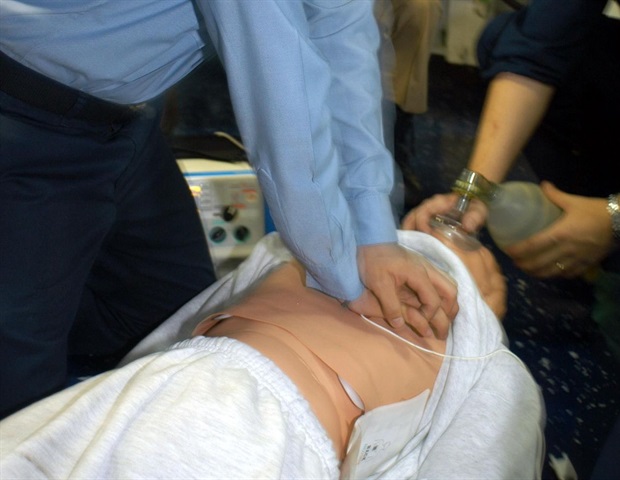
Multiple sclerosis (MS) is a debilitating disease of the brain and spinal cord that impacts millions worldwide.
In MS, the immune system mistakenly attacks the myelin sheath-;a protective layer surrounding nerve cells in the nervous system. The loss of myelin, combined with ongoing inflammation, causes dysfunction and death of nerve cells, making the disability worse, such as difficulties with movement, coordination, and sensation.
Treatments now focus on reducing attacks on myelin, but don’t address nerve-cell damage and death.
But with $1 million from the National Multiple Sclerosis Society (NMSS), a research team co-led by Paul Tesar, the Dr. Donald and Ruth Weber Goodman Professor of Innovative Therapeutics and director of the Institute for Glial Sciences, and Ben Clayton, assistant professor and founding member of the Institute for Glial Sciences, both in the Department of Genetics and Genome Sciences at the Case Western Reserve University School of Medicine, will take a different approach.
Tesar and Clayton’s team is using cutting-edge techniques to study brain cells that become toxic in MS, searching for clues to what may protect the nervous system from damage.
“There is an urgent need,” Tesar said, “for transformative therapies that not only slow damage, but also protect and potentially regenerate nerve cells.”
Their project is one of five that NMSS has committed a total of $4.6 million in multi-year funding to, to accelerate the development of strategies to repair the nervous system and protect it from damage.
New target
Recent research has shown that, in MS-;especially in the progressive stages-;cells in the brain that normally support nerve cells, called astrocytes, can become toxic. These toxic “rogue” astrocytes contribute significantly to nerve-cell damage and disease progression.
Our project’s hypothesis is that, by targeting and inhibiting the formation of these toxic astrocytes, we can effectively protect nerve cells, halting or even reversing disability in MS patients. This approach represents a novel strategy in MS treatment, and our aim is to pioneer the discovery and development of new medicines that specifically prevent the formation of toxic astrocytes, offering a groundbreaking direction in MS therapy.”
Ben Clayton, assistant professor and founding member of the Institute for Glial Sciences
In particular, the researchers will focus on developing new medicines that prevent toxic astrocytes from forming. The result, they hope, will protect nerve cells, and stop-;or even reverse-;disability in MS patients.
Their approach
The team built a system to model the formation of toxic astrocytes found in MS. Using this model, they’ve screened tens of thousands of compounds and identified a promising category of drugs that inhibit toxic astrocytes formation. They will test these drugs in a mouse model of MS to see if they can protect nerve cells and promote brain repair.
The researchers will use cutting-edge genetic approaches to identify genes involved in the formation of toxic astrocytes to better understand how these harmful cells form and reveal new targets for treatment.
Then they will leverage advanced human brain models-;called “brain organoids”-; generated from tissues of people with MS. The organoids will be used to determine whether blocking toxic astrocyte formation provides therapeutic benefit in a human model system.
Time frame?
The initial phases of their research, involving experiments with mice and brain models, might take several years, Tesar said. If successful, the next steps would involve clinical trials with human participants, which could take additional years to ensure safety and effectiveness.
“Realistically, it could be a decade or more before treatments based on this research are available to patients,” he said. “However, each step brings us closer to potentially life-changing therapies for those affected by MS.”
Source:
Case Western Reserve University







